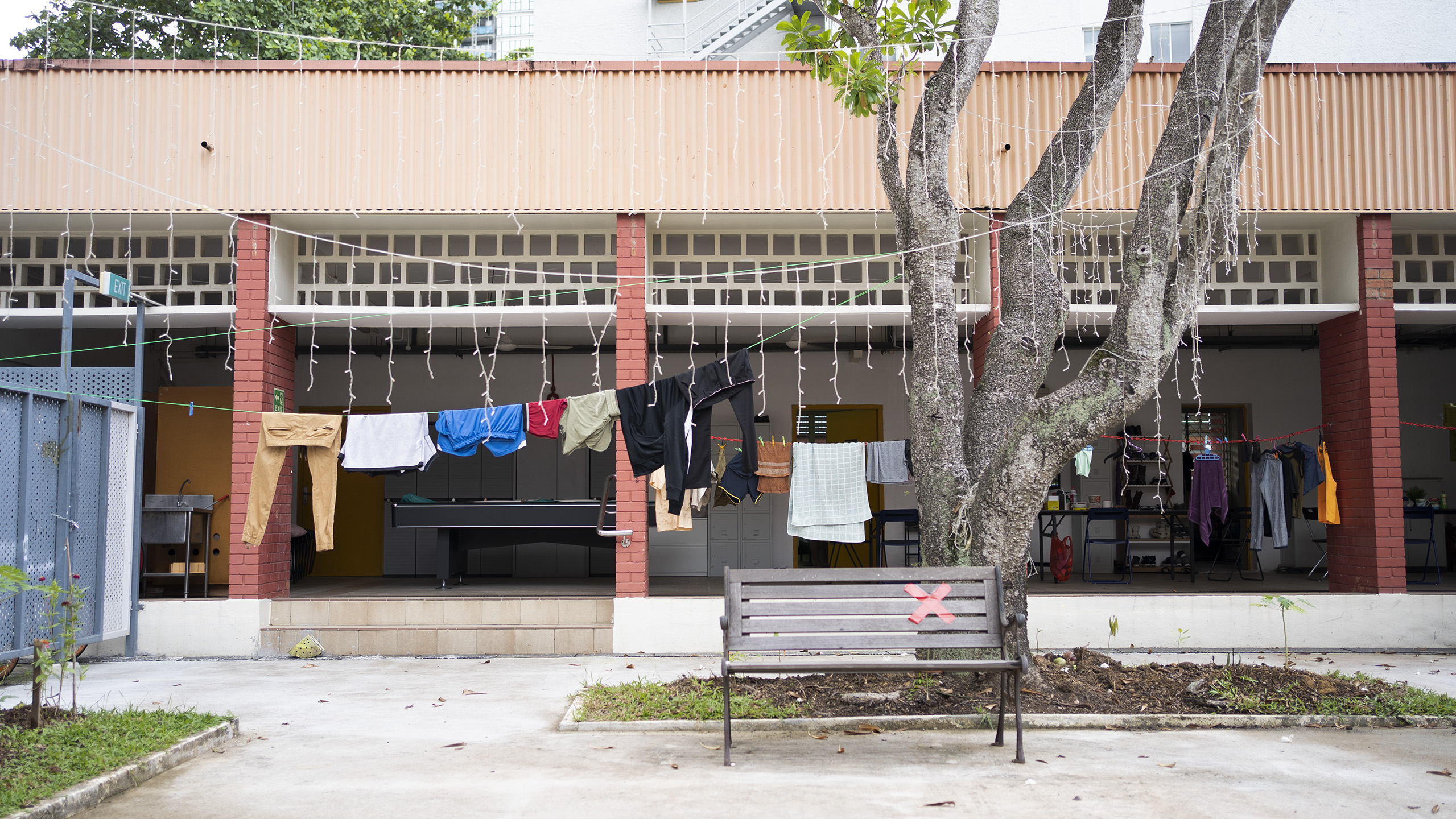Transit Point: Safe Haven for the Homeless
For those who sleep on the streets, Transit Point @ Margaret Drive offers shelter and a listening ear while they get back on their feet.
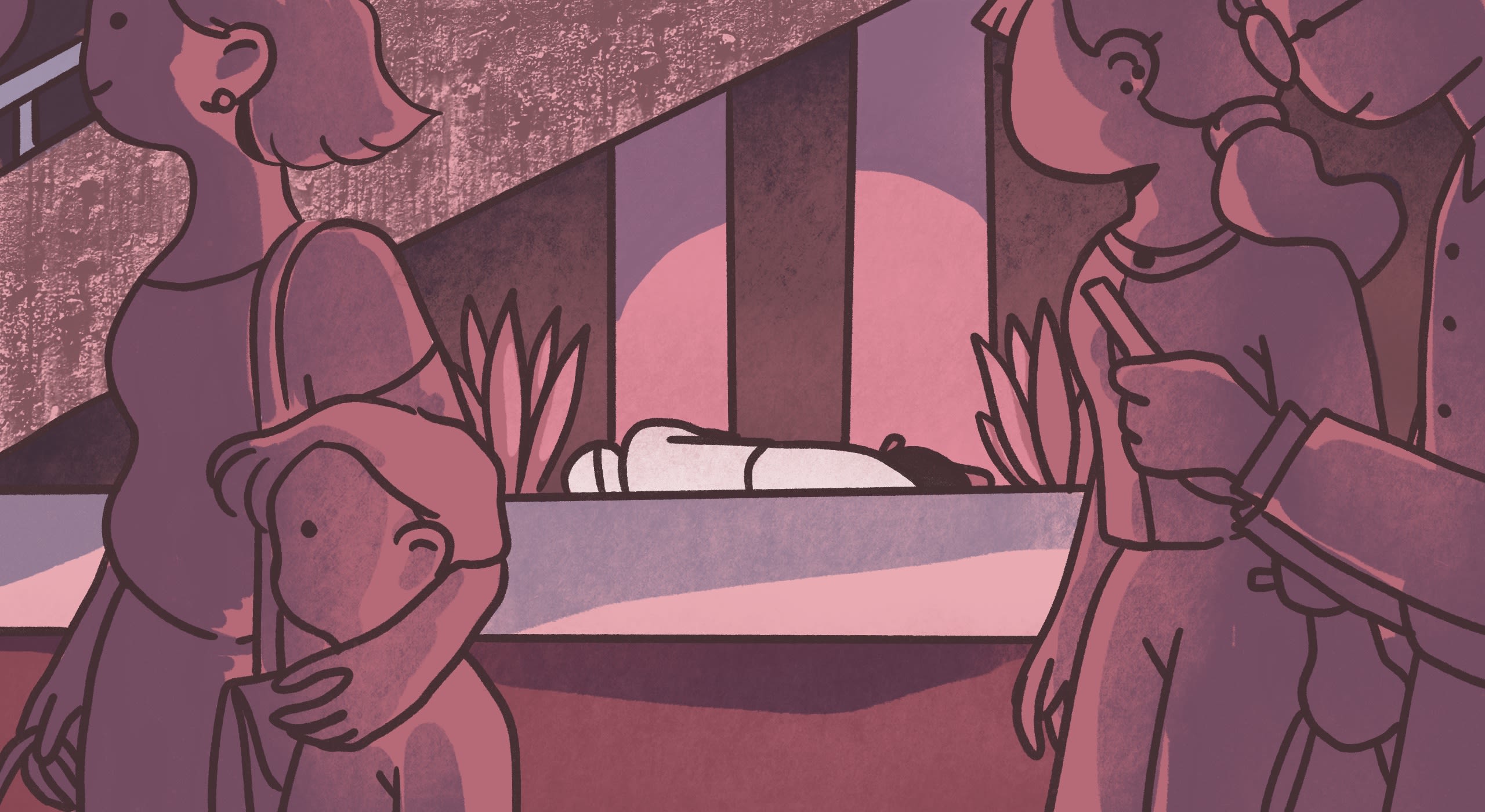
SLEEPING ON THE STREETS
Until recently, Amir, a private chauffeur, slept along the boardwalk to Sentosa at night — as he has for ten years.
On weekends, the 48-year-old Singaporean would take the ferry to Batam, where his wife and two young children live.
With a family to provide for, Amir had little extra cash from his salary to spend on rent. And so the boardwalk it was.
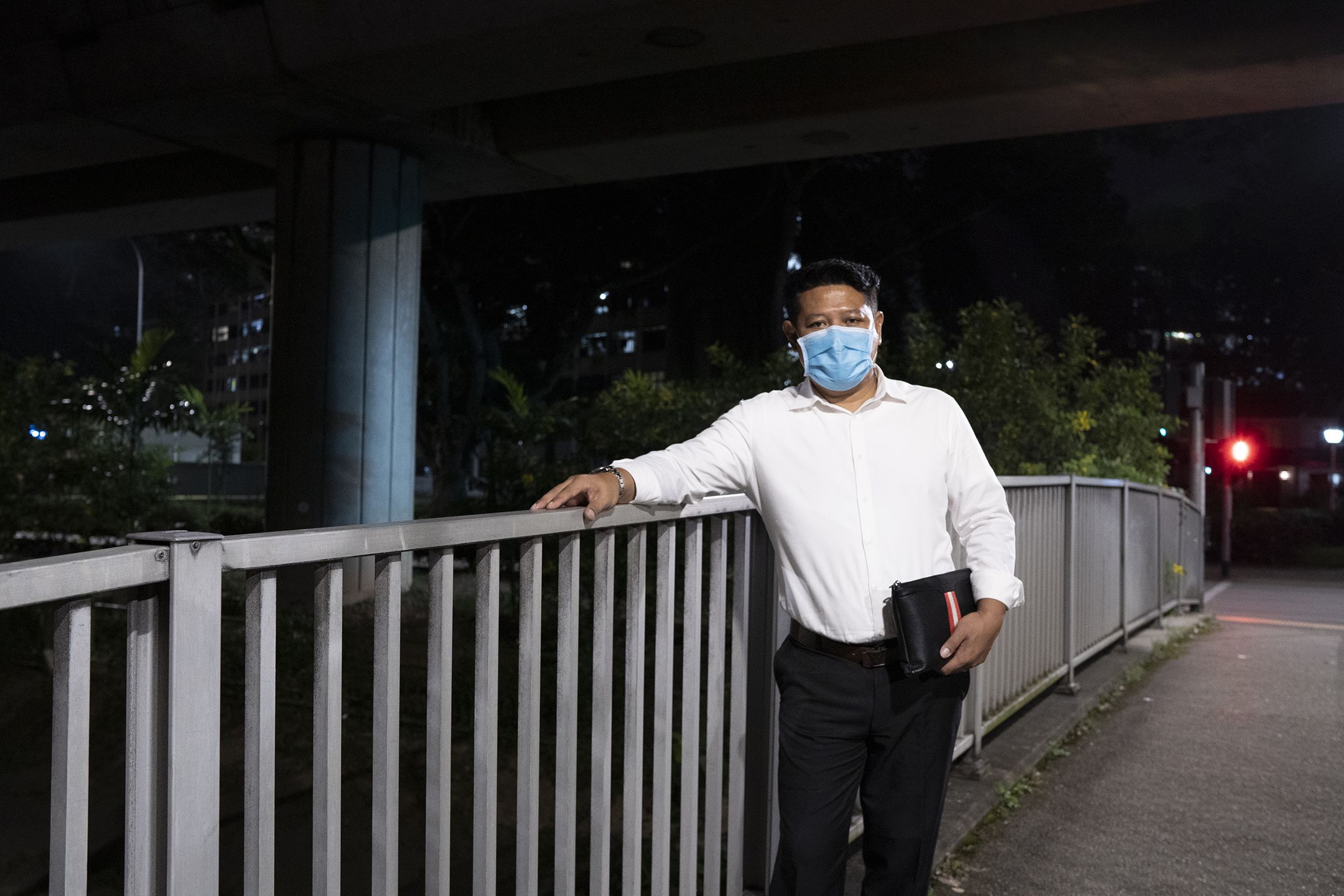
"Usually nobody bothers about us sleeping outside. Because when you sleep outside, no one bothers about what is happening to you. If you get sick, fall down, or you didn’t wake up after that, nobody knows."
Then COVID-19 struck. As case numbers rose in Singapore, those sleeping on the streets, often referred to as "rough sleepers", were encouraged to seek shelter.
When Amir was approached by volunteers from Transit Point @ Margaret Drive, a shelter run by New Hope Community Services (NHCS), he decided to take up the opportunity, "to see what was it like to be in a shelter for people like us."
Transit Point is one of five shelters for the homeless run by NHCS. The first, Transit Point @ Spooner, was started by Pastor Andrew Khoo in 2003, to offer temporary housing to ex-offenders.
Well before the shelter at Margaret Drive opened amid the pandemic, NHCS had helped more than 900 families and 1,000 individuals.
SHELTER IN A STORM
In March 2020, thousands of Malaysians and Singapore Permanent Residents (PR) were stuck in Singapore when Malaysia abruptly closed its borders to contain the spread of COVID-19.
Transit Point @ Margaret Drive, which has yet to complete renovations at the time, got the shelter ready in record time to house this group.
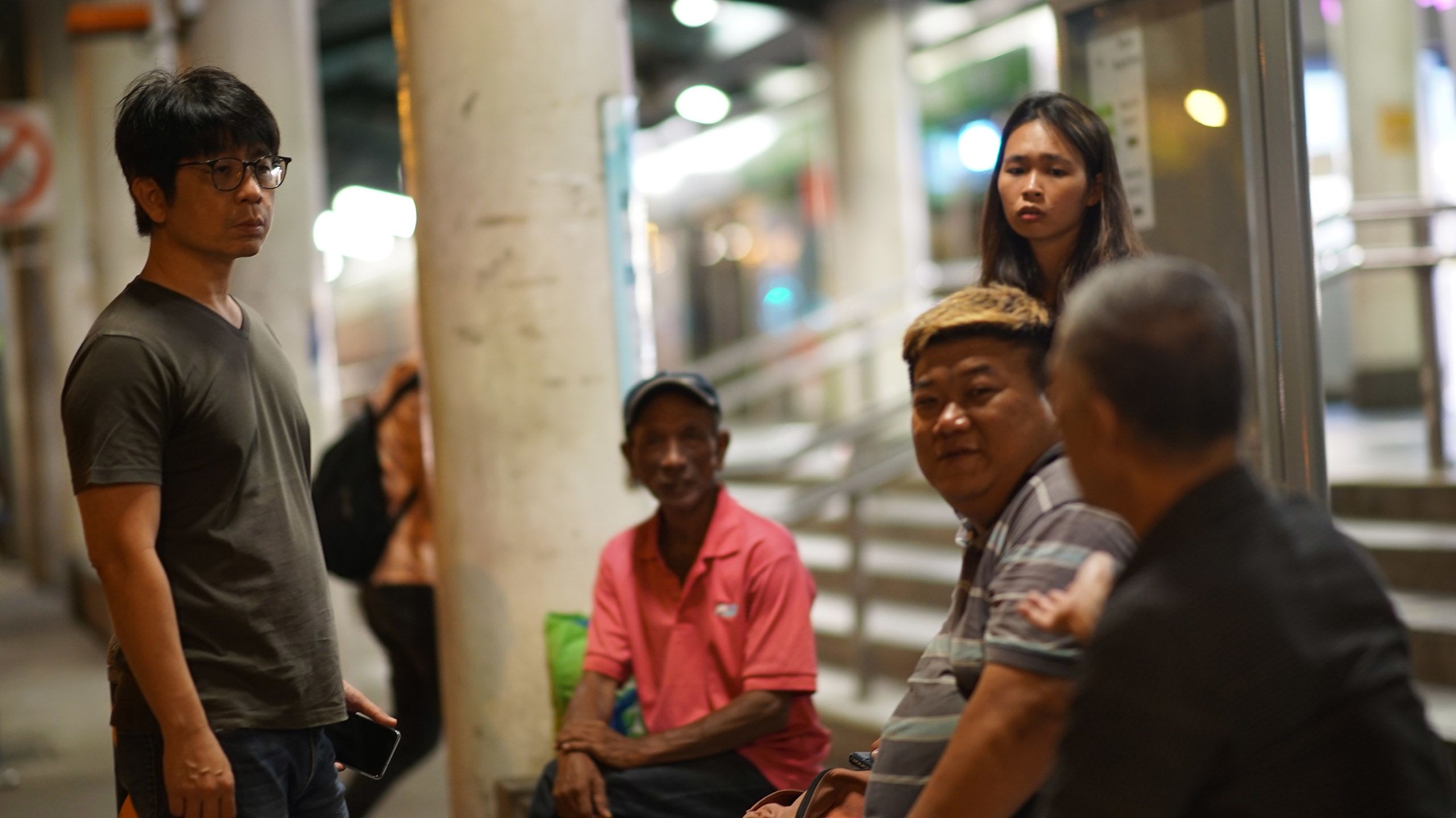
The shelter which sleeps 70 people, quickly filled up, supported by hundreds of volunteers and donations from Singaporeans.
And as safe-distancing measures took effect in Singapore, it also became a shelter for long-time rough sleepers like Amir.
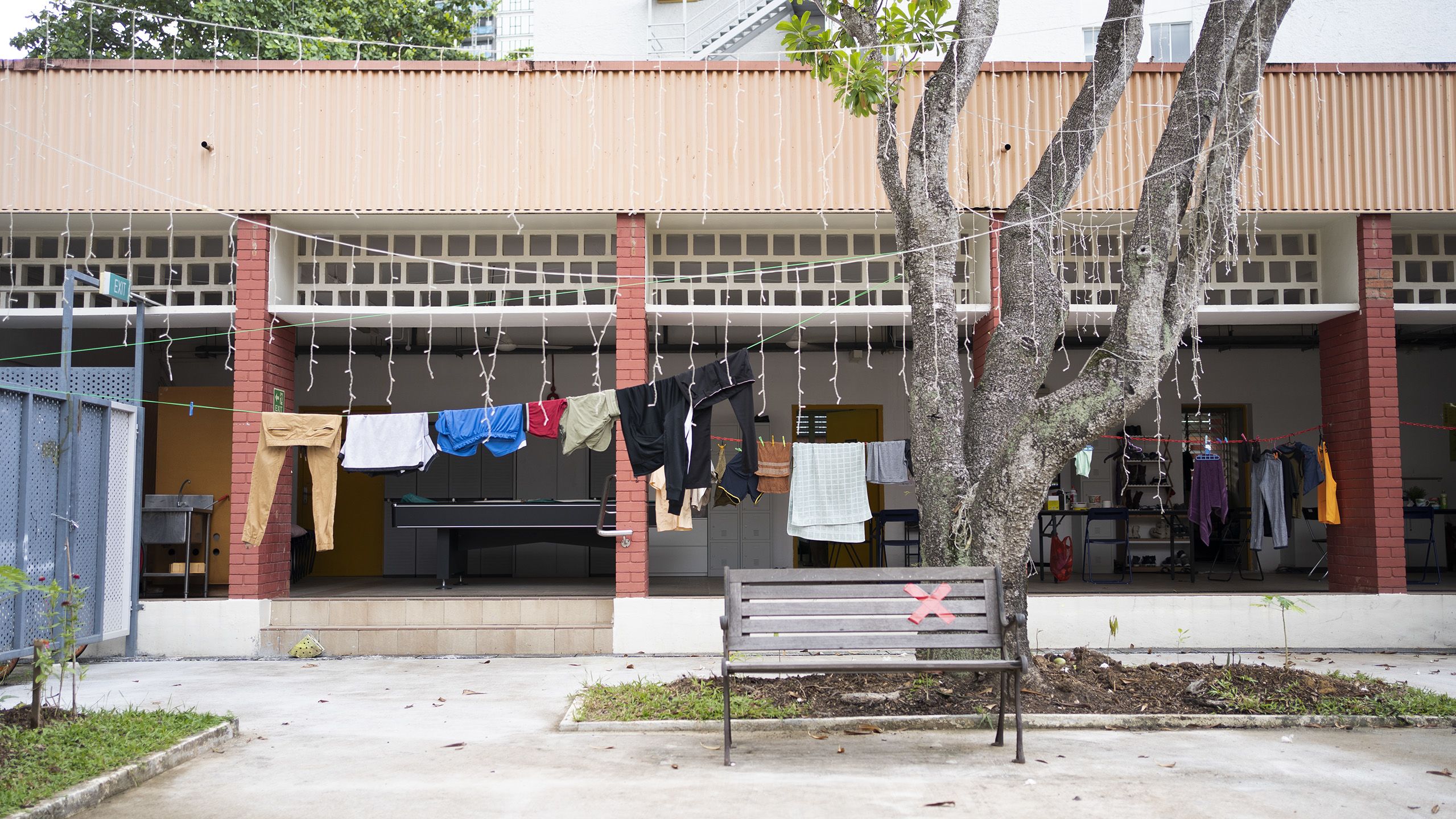

An estimated 1,000 people live on the streets in Singapore, according to a study by the Lee Kuan Yew School of Public Policy published in 2019.
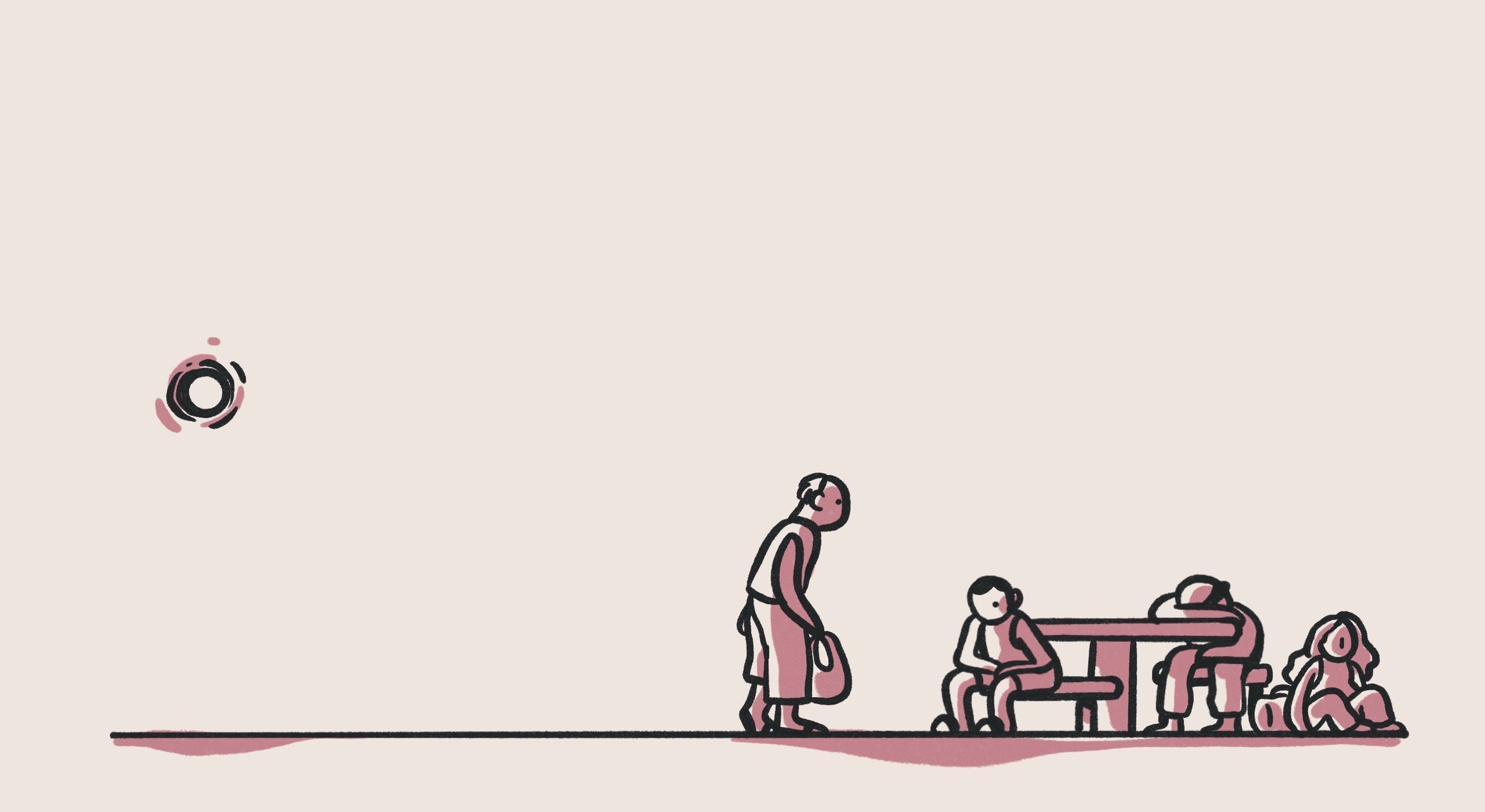
When circuit-breaker measures to control the spread of COVID-19 started on April 7, nearly 300 people came forward to seek shelter and assistance.
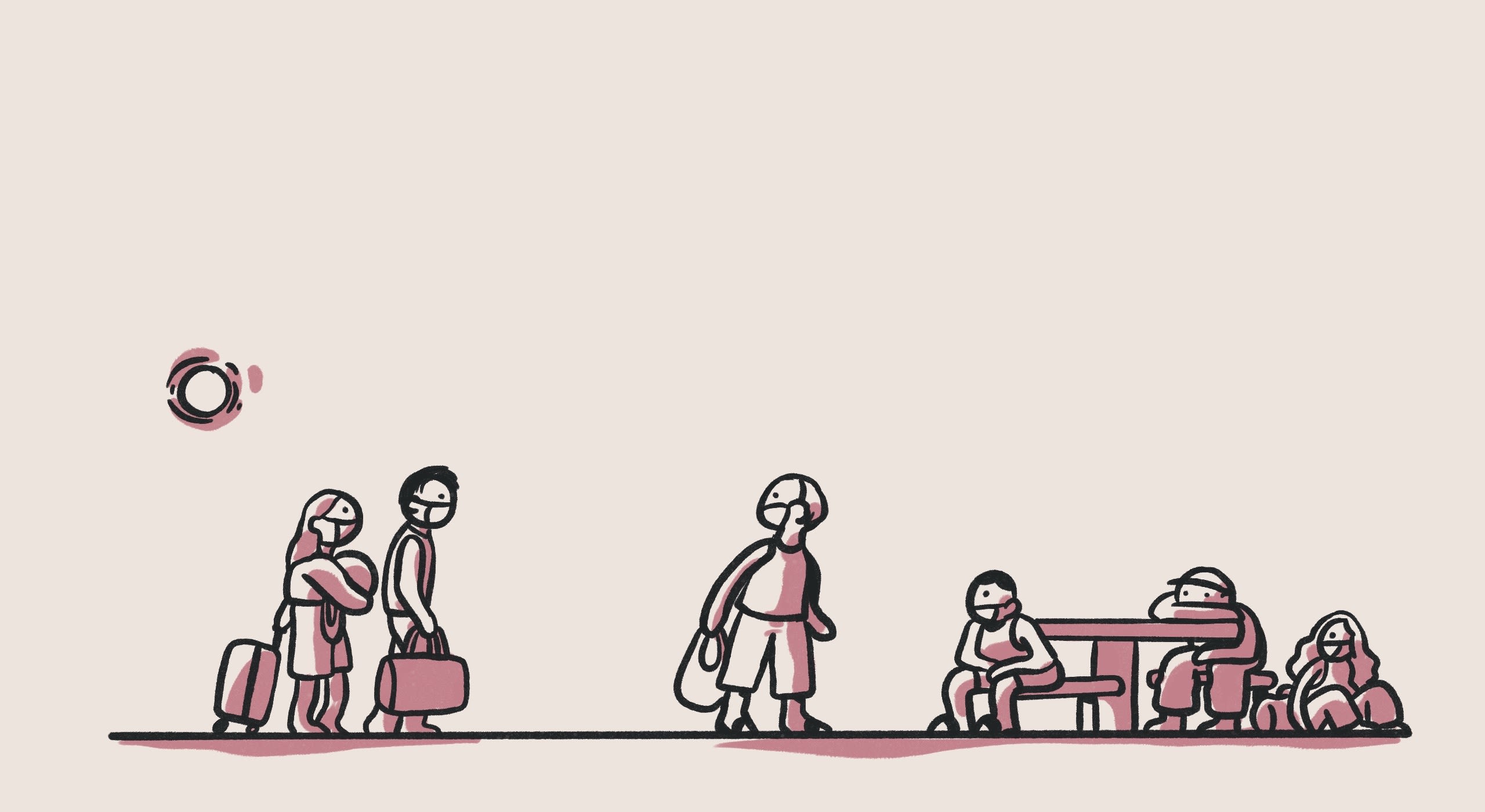
It is currently a temporary home to 68 rough sleepers.

Besides shelter, it also supports rough sleepers in becoming more financially stable by helping them find a job, and eventually, suitable housing.
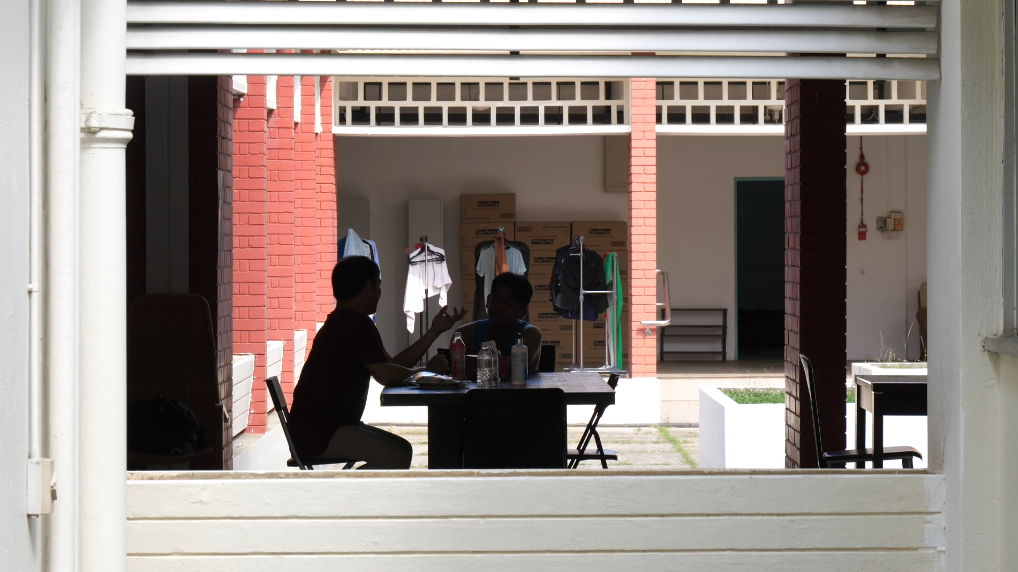
Chapter 2: Sleepless in Singapore
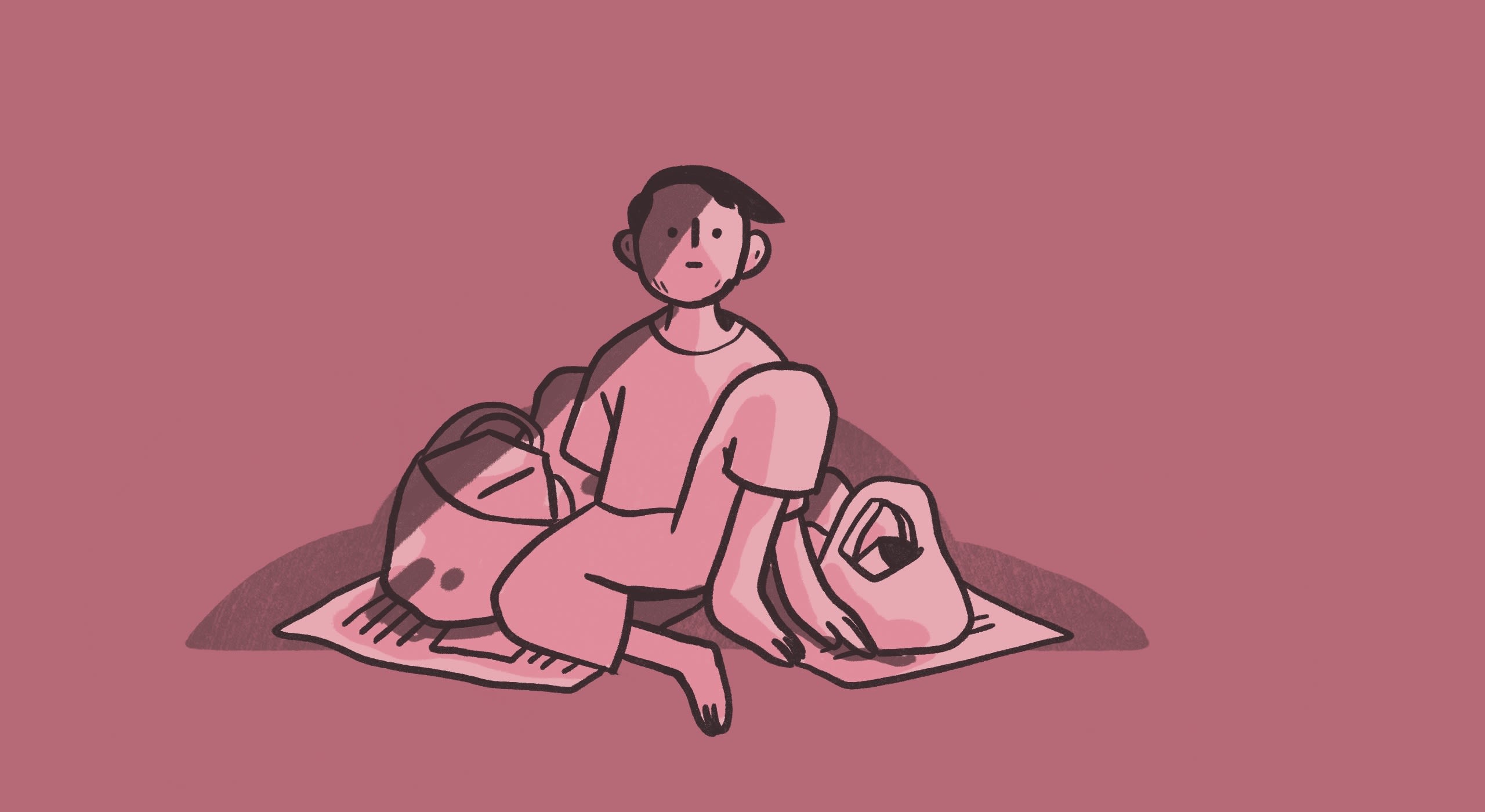
Who are the homeless, and what do their lives look like?

Rough sleepers can come from all backgrounds, but they are more likely to be men aged 50 years and above.
They’re also likely to have been on the streets for six years or more.
According to the Lee Kuan Yew School of Public Policy study, reasons people end up homeless include unemployment, low wages, and a lack of access to resources.
Six in 10 of the interviewees were employed, most commonly in cleaning, odd jobs, security, and retail roles, which researchers noted are "among the lowest-paying occupations in Singapore".
Of those who were being paid monthly, their median salary was S$1,400 (US$1,022) per month, well below the national median salary of S$3,467 (US$2,531) in 2018.
The study also found that 40 per cent of the interviewees stated they had housing under their name.
Some had friends or family who could shelter them, but chose not to do so due to familial conflict or not wanting to inconvenience their friends.
Said the study's lead author Asst Prof Ng Kok Hoe, "These responses show that actual access to better housing options is often hindered by practical and social barriers."
"For the rough sleepers, their main cause of being a rough sleeper, is they [have] lost the avenue of getting help [from] their family. But [it] could be all related to family and growing up. When staying at the shelter, we try to change their minds. Help them get a job. However we can."
Helen has been a senior laundry valet for 20 years at a five-star hotel.
In early 2020, she found herself sleeping on the streets for two months. She was referred to Transit Point after she went to hospital for pain in her arm.
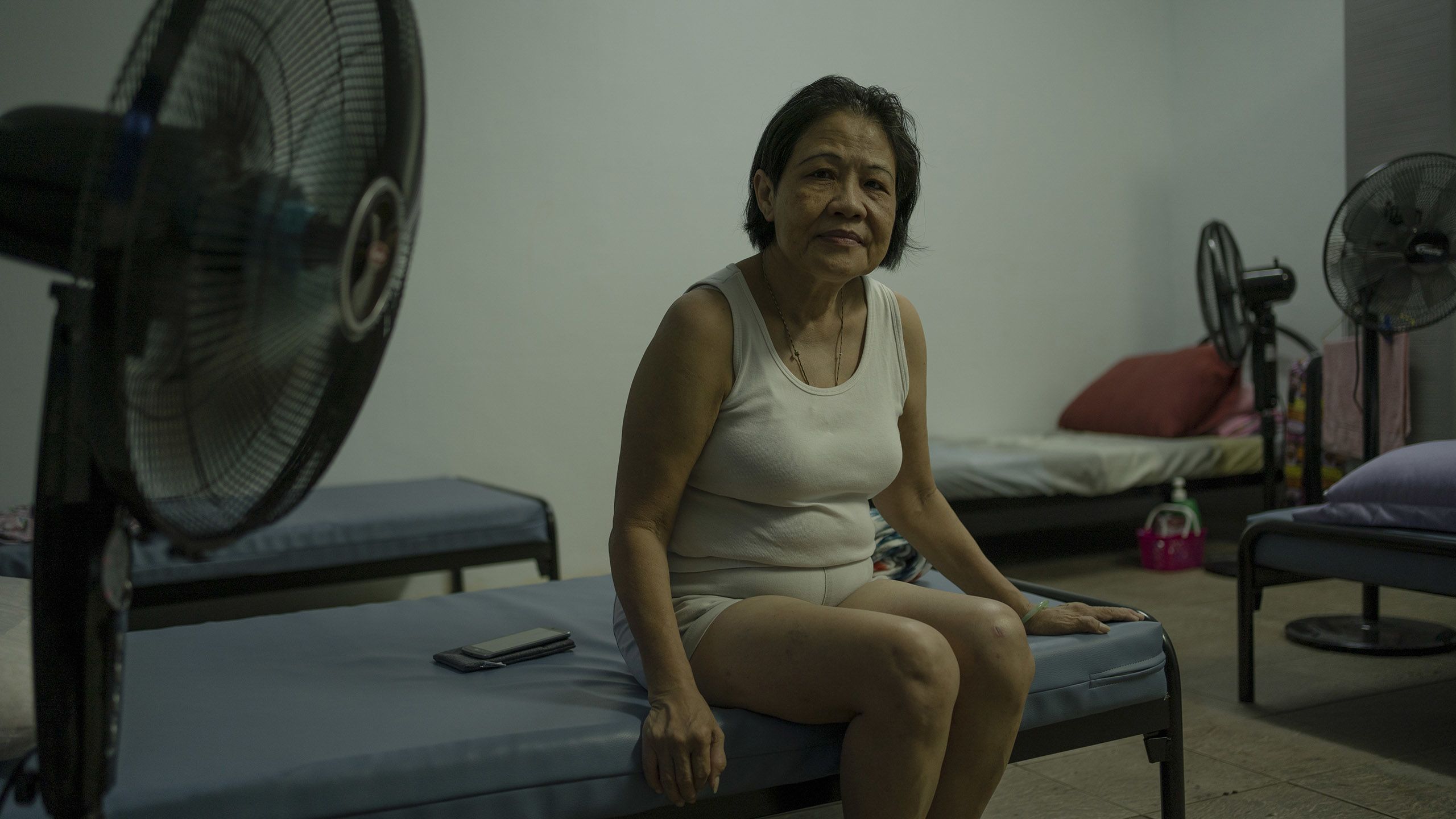

Helen, who is in her 60s, describes her painful falling-out with her family:
“I don’t have a house because it was all spent on my children and everything. It was very long that I travelled away from home. So I got no house, I spent all my money on the thing, I’ve been cheated by some other thing. Everything I lost.”
She hopes to eventually obtain a subsidised flat under government assistance. "I don’t know if [my] CPF will be sufficient. See if I can get the suitable person to [rent] with me. I don’t want to cause trouble, there will be more headaches."
Sleeping under the open sky means being exposed to the elements - rain, wind, heat. And there is no protection from crime, and no comfort and safety when health issues arise.
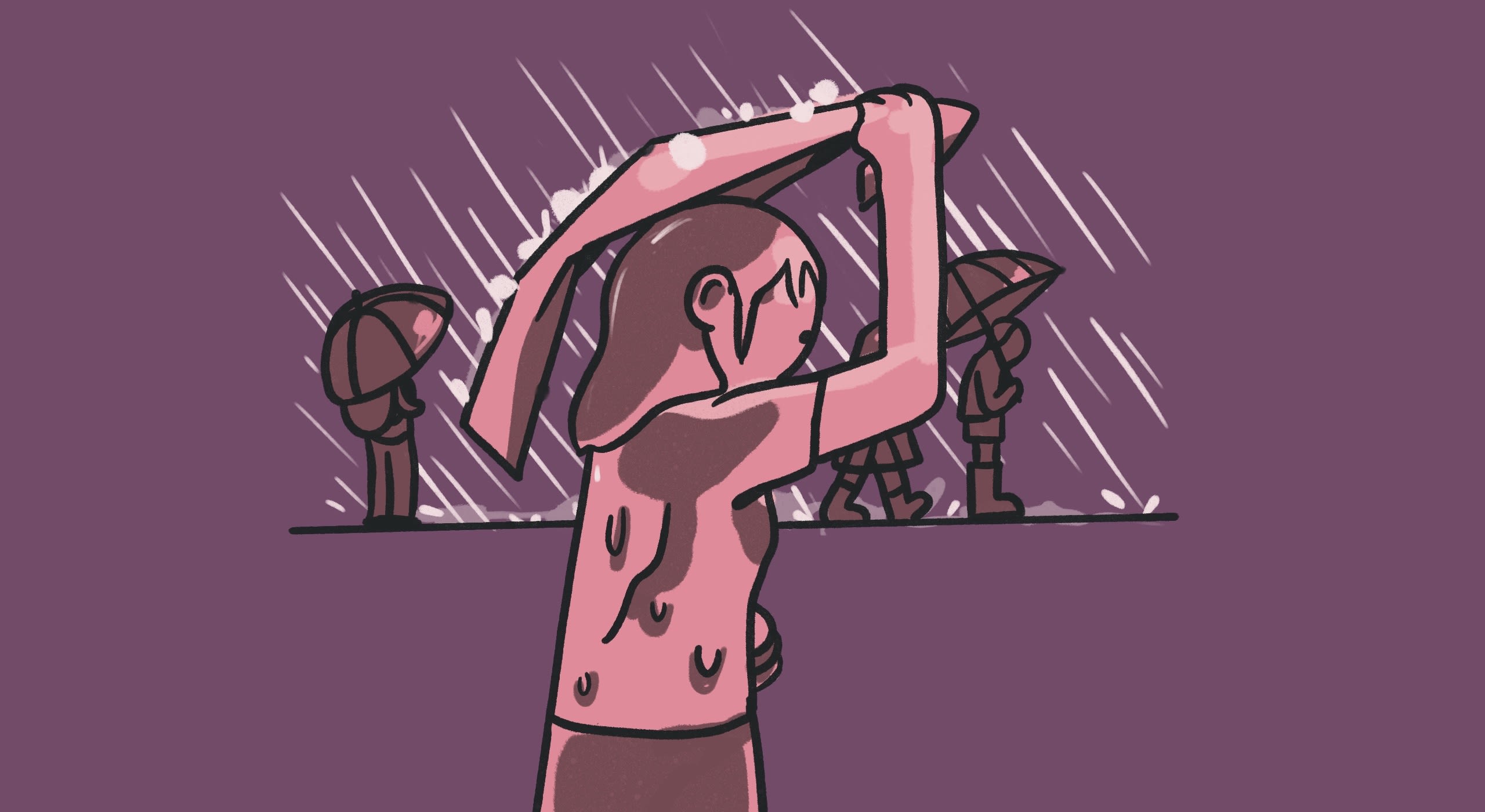
"Even friends are dangerous because even friends intend to take what you have. Not that friends are no good, but some maybe they don’t know where to get money, or no work but they still need something to eat.
I don’t really carry so many things, just one backpack, just S$10 or S$5, just to be safe."
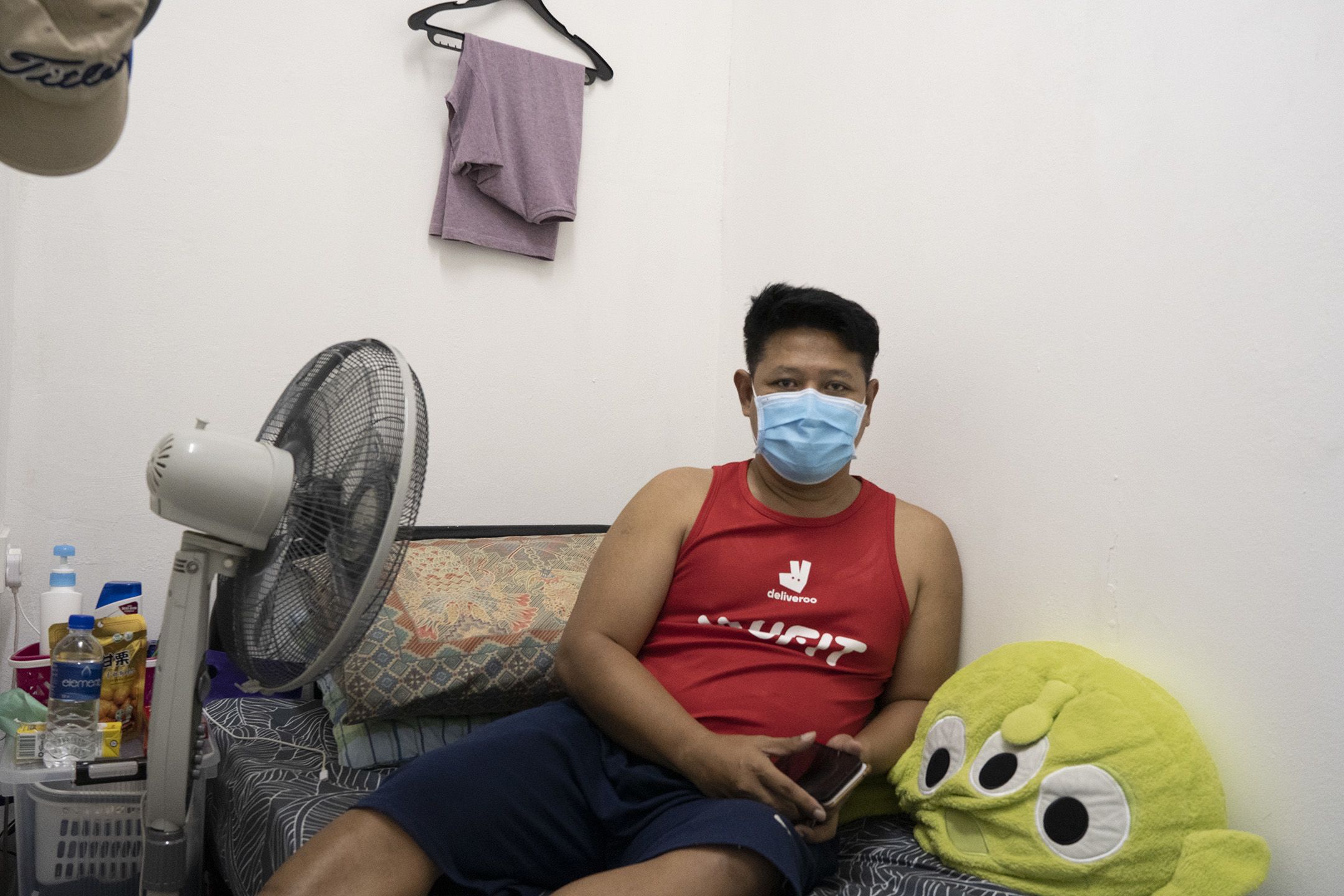
Siti, 25, has been rough sleeping with her husband, Rahmat, since she was 21.
They met working as cleaners at a company, and came to Transit Point after being approached by volunteers and told about the shelter.

"We don’t mind having one meal a day. Without that, it's very difficult. When you are living outside, you can be jobless for one week. After one week, it’s very difficult. You have to get a job to live outside. We have to really find a place to sleep when it’s raining as it is wet and cold. It’s very difficult when people don’t give you work."
Nearly all their wages as cleaners went to food and transport. Occasionally, they would be woken by police officers, asking to check their identity cards. "They only say, 'Take care of your things, don’t make your things missing.' We tell them, we have no place to go. They understand," says Siti.
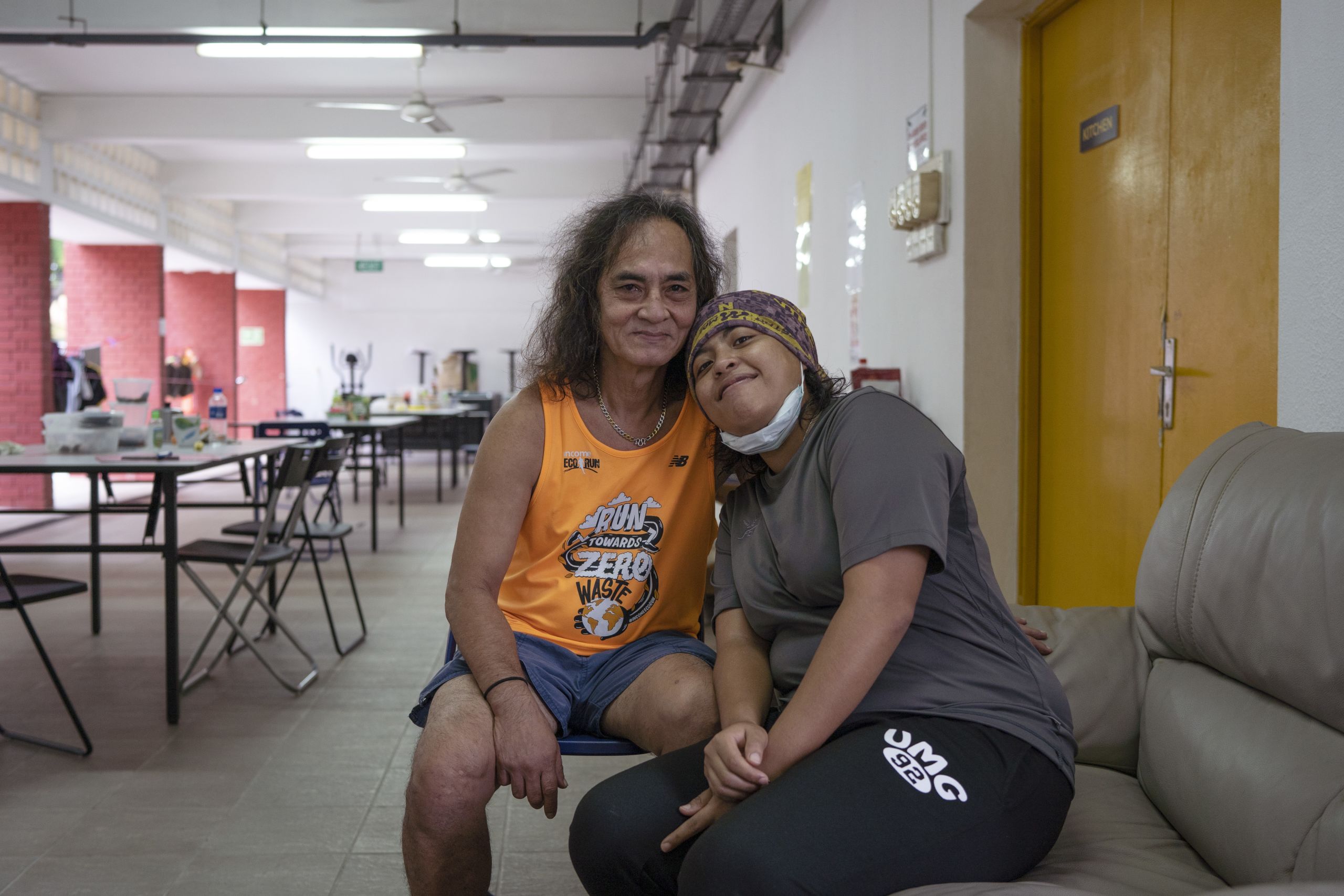
Rough as it was, things worsened when Siti became pregnant.
Finding a job became difficult, and her husband broke his arm around the same time.
“We had to rely on my father. My father was the one who kept giving me food every time after work,” says Siti. “That time very, very hard.”
One day, when she was five months pregnant, Siti felt intense pain in her abdomen.
“I have to wait for my father because I really have no money. I feel the pain in the afternoon but I have no money and I didn’t want to disturb my husband also.”
When they reached the hospital — the first time Siti saw a doctor since she became pregnant — the doctor asked when was the last time Siti heard a heartbeat.
“I said this morning I just get a kick. Afternoon my water bag already break. I didn’t know, it was my first time so it was very uncomfortable.
“The doctor just look at me [and said], ‘ I’m sorry there’s no heartbeat. I cannot do anything.’ Just have to let this baby out. Very difficult.”
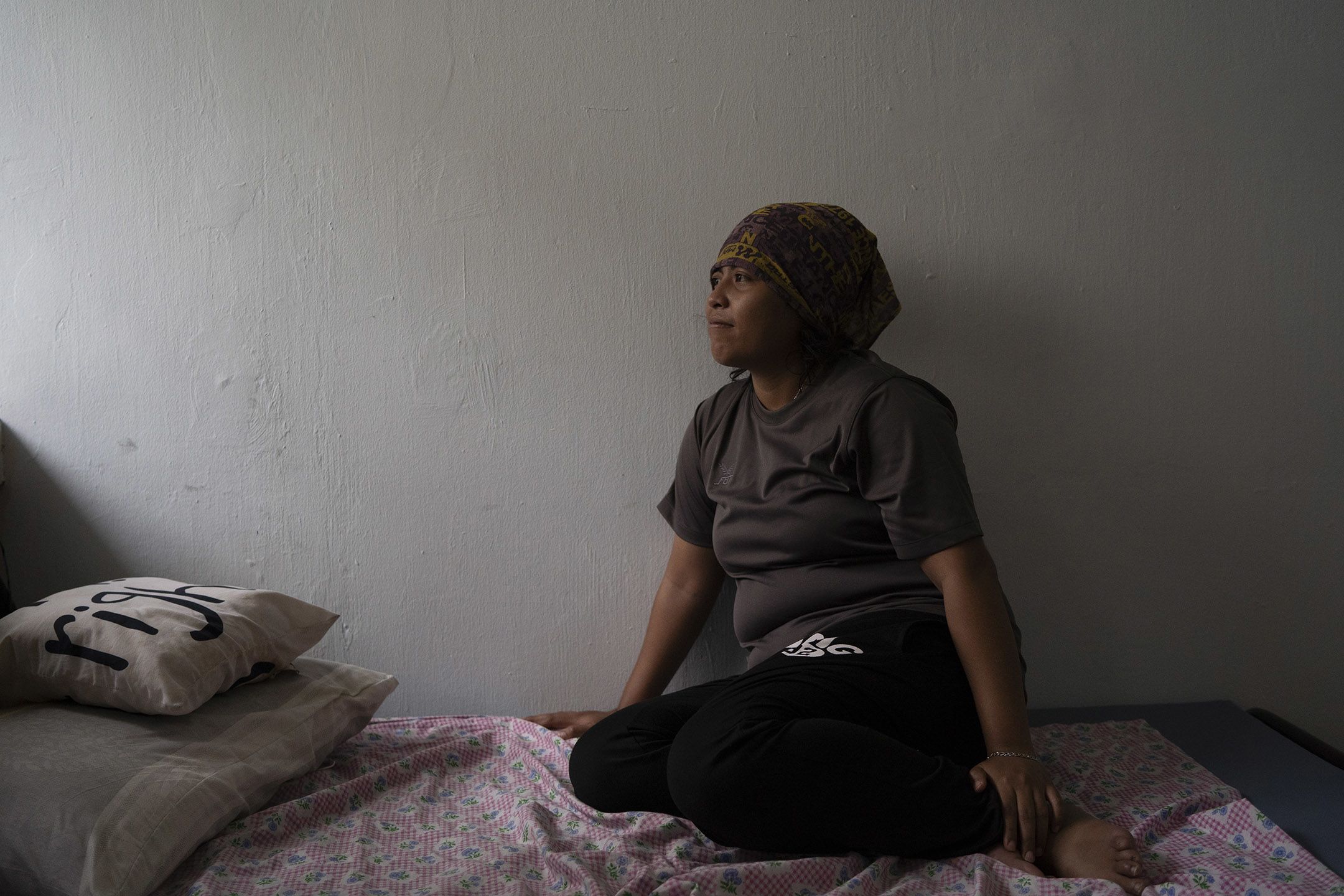
Chapter 3: Homing Instincts
Keeping things running at Transit Point @ Margaret Drive is Kim Tat, the operations executive.
Recalling how the shelter opened ahead of schedule to provide beds in the early days of the pandemic, Kim Tat says the staff were disappointed by the incomplete renovations.
"But when the residents moved in, they were so excited. They showed off the rooms to their friends via video chat, and were so excited that they cried. They are very appreciative, and it shows how much we take for granted."

“When they were rough sleeping, most of them slept on bare concrete. On lucky days, they have cardboard to sleep on. Police will chase them away. Here, there is a place for them to do their laundry and hang their clothes.”

At the Margaret Drive shelter, each resident is given a 2m x 1.5m space in the shelter. For leisure, televisions and a donated pool table can be found in various rooms. Meals are provided by food banks such as Willing Hearts and Food Bank Singapore.
Residents have added homely touches; one started a garden, where a papaya tree is thriving.
"Rather than you have nowhere to go, in the sun or rain. You got a place to stay, everyone is helping each other. Even if you don’t know each other, everyone is trying," says Helen.

Transit Point also helps residents with seemingly everyday tasks that have important outcomes, such as applying for identification cards (ICs).
“Because I lost my IC, it’s very hard for me to get things done. Without my proper documents I cannot go anywhere, or register for anything. So now in the shelter, I already get my IC, I’m trying my best to settle the thing I cannot settle when I’m outside.”
Siti now works as a cleaner at a hospital, while Rahmat is looking for a job. Every day, without fail, he walks her to the MRT station.
"We always wish to have a house. Some shelter during the rain. We appreciate it very much," says Siti.
"Without [Transit Point], I don’t know where we will be right now.”

Kim Tat believes Transit Point’s work goes beyond just providing a physical roof over people’s heads.
"Of course the basic needs of food and shelter is a must but it’s not everything. [It is] the connection with people, the feeling of being accepted, wanted, relationships. Maybe for those who know the Maslow’s hierarchy of needs, physical part is just the beginning. Love, belonging will become the more important needs."
Chapter 4: Into The Future
Chris, 48, a childcare teacher, started volunteering with Transit Point @ Margaret Drive when it opened.

Soon, he befriended a Malaysian resident, Mr Tay. When the shelter began filling up, Chris offered Mr Tay a room in his home, until Mr Tay figured out his next step.
Recalls Chris, “[I told him] ‘I do not know whether you’re gonna get a job, I don't know when you’re going back to Malaysia, there’s so many unknown. So you’re gonna stay with me. We’re gonna take it day by day.’”
An active volunteer through his church, Chris has heard first-hand experiences of homelessness: a pastor who slept in East Coast Park for a year, a friend who slept on the streets when he was in debt to avoid loansharks.
Some Singaporeans, he notes, may judge their circumstances: “‘Who ask you to be such a burden to your family? This is what you get.’” He hopes that society can empathise with “the struggle people have when they face pressure and difficulties.”
"[Imagine] the mental fatigue they get when they are outside. We get them the strength, and pick them up again, pick up the skills, the emotional skills, and give them a clearer path."
While differences can arise when people of differing backgrounds come together, a sense of community can be felt at Transit Point.
"They’re very friendly, sometimes there’s jamming session," says Helen, who occasionally helps clean the premises.
Amir has also taken it upon himself to help out at the shelter. “I volunteer to do the temperature taking. Rather than sitting here nothing to do at least I have something to do,” he says.

The initial urgency created by COVID-19 may have passed, but homelessness remains an issue that needs addressing.
Transit Point will continue to need donations to provide shelter and food, while volunteers are needed to offer a helping hand.
“[The] biggest need is the befriender, support network, [to] make them feel they are part of a larger community. Even you and me. Without it, life becomes very meaningless,” says Kim Tat.

PLANTING ROOTS OF HOPE
With its complex causes entangling personal circumstances and social-economic cracks, homelessness is not a problem that can be solved overnight by the NGOs in Singapore.
But Transit Point seeks to offer hope and connection for a while, as residents figure out their next step.
Amir, who hasn’t seen his family since borders closed, is now working again, and applying for a rental flat from the government.
“If not, you can come look for me at Vivocity,” he quips, referring to his former sleeping grounds.
Siti and Rahmat are planning to apply for housing, as is Helen.
"My plans [is to have] a house of my own, rent," says Helen. "From there, I want to see whether I can help around. Because they [Transit Point] help me so I want to help back. Everywhere I go also got friends, it’s okay."
Until then, Transit Point stands ready to provide the necessary respite.
Says Kim Tat, "It’s very beautiful to give people some hope in life."
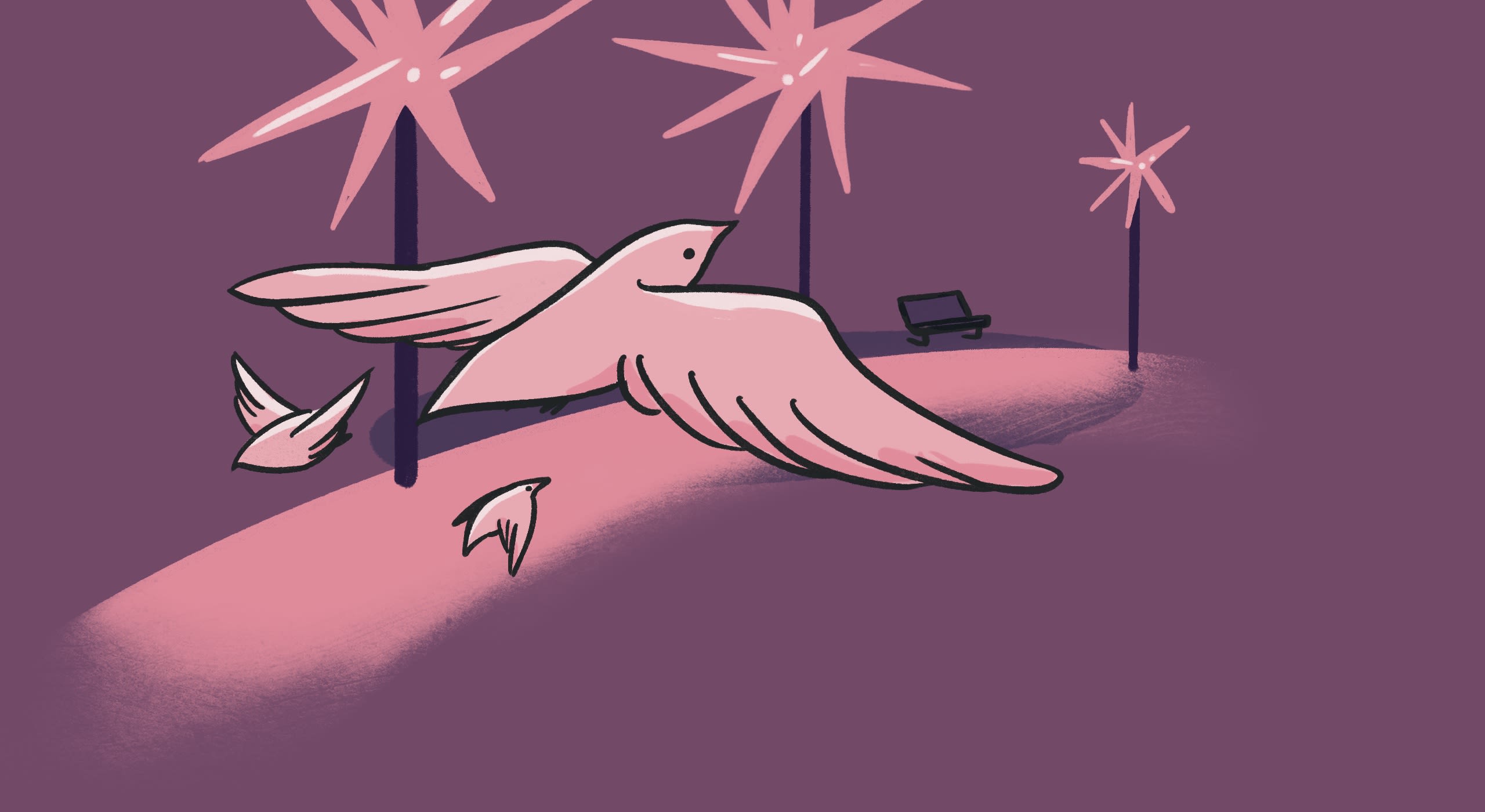
CONTRIBUTORS
Charmaine Poh
Photographer, Video & Writer
Lilian Tan
Producer, Writer & Content Designer
Joy Ho
Illustrator
Yanqin Lin
Executive Producer
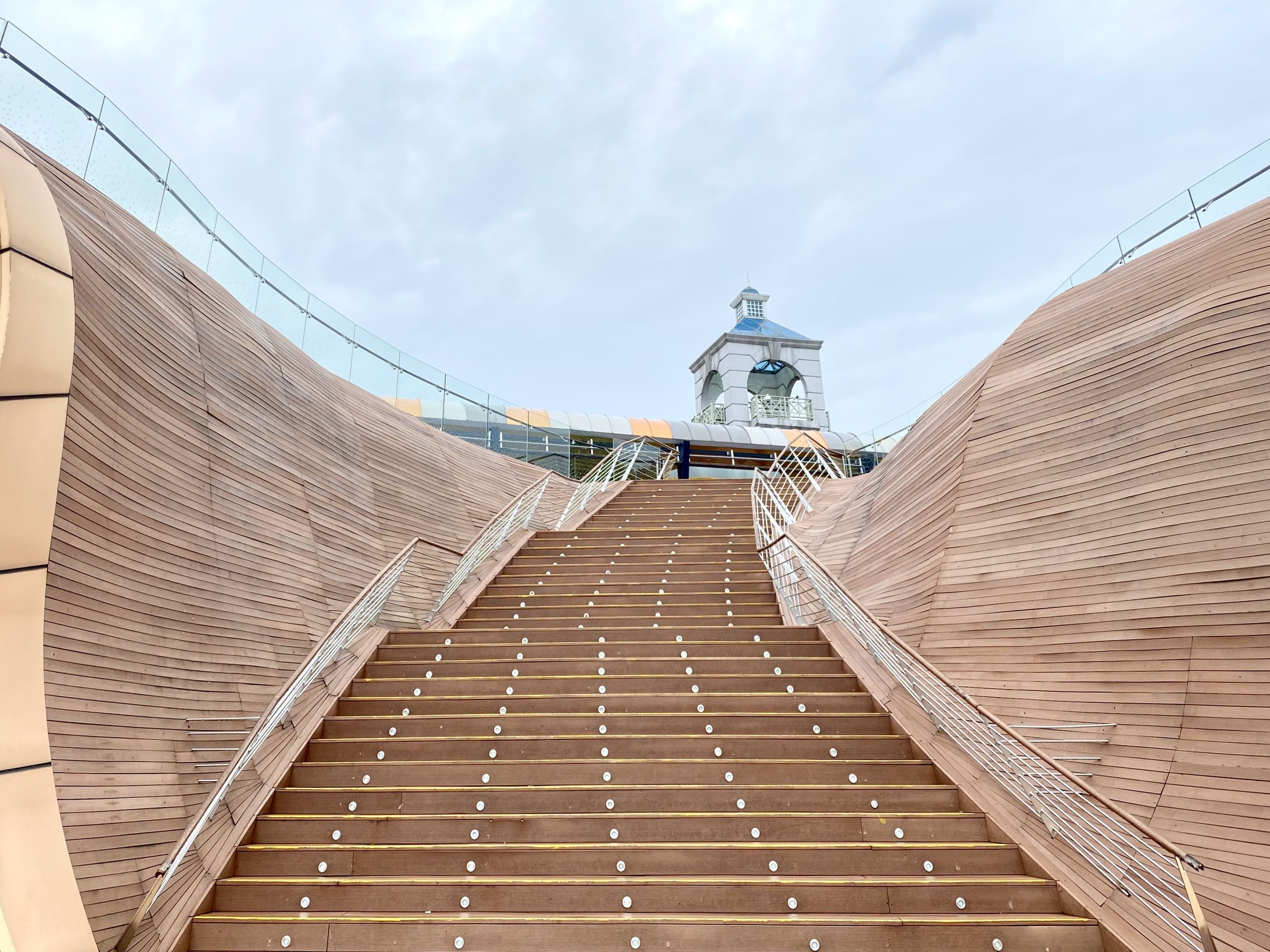
Transit Point @ Margaret Drive is an initiative by New Hope Community Services; a charity in Singapore that seeks to restore hope to displaced individuals and families. Driven by their faith and values, they seek to provide a temporary shelter for the homeless, and empower them to alleviate and improve their situation.
They have two transit shelters across Singapore: Transit Point @ Spooner provides temporary housing to ex-offenders, and Transit Point @ Margaret Drive to provide immediate accommodation for rough sleepers.
Not only do they provide holistic care at the shelter, they also aim to equip rough sleepers for independent living, and eventually achieve long-term stable housing.
Our Better World is the digital storytelling initiative of the Singapore International Foundation, which brings world communities together to do good.
